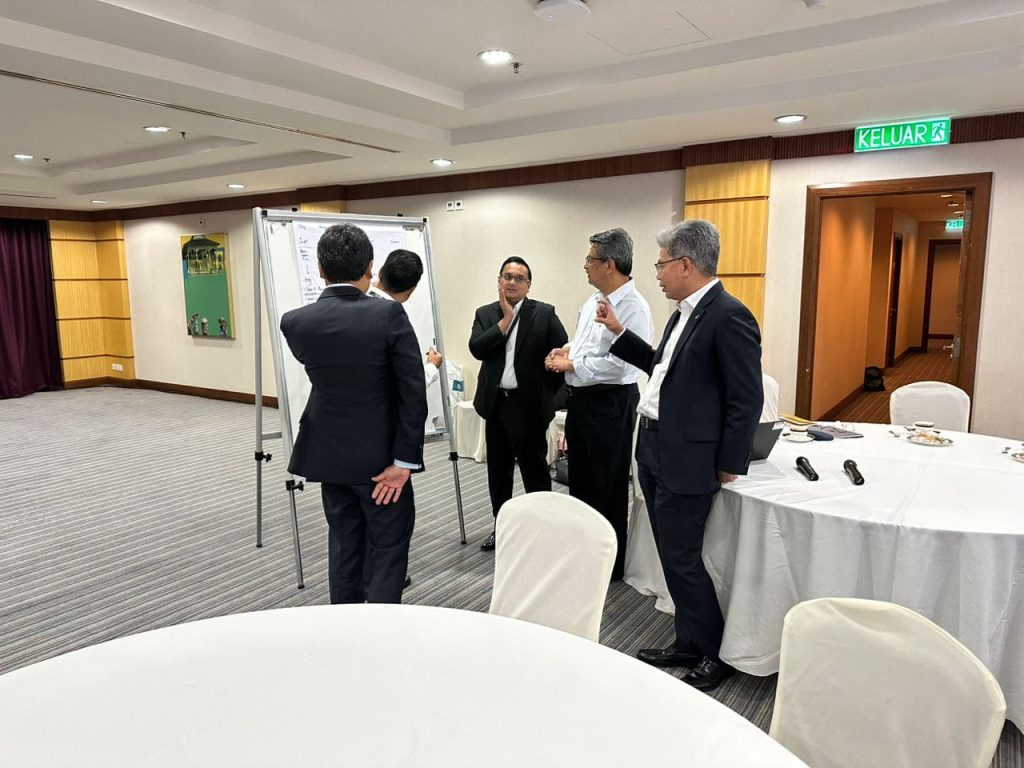Unlocking the Hidden CEO Superpowers: Discover the Game-Changing Secrets Behind Crafting Dynamic OKRs for Unstoppable Success.

Table of Contents
- Understanding the Role of a CEO
- Identifying the Criteria for Effective CEO-Driven OKRs
- Recommended OKRs for CEOs
- Setting SMART Objectives within Each OKR
- Implementing and Tracking CEO-Driven OKRs
- Conclusion
OKRs (Objectives and Key Results) have emerged as a powerful framework for goal-setting and performance management in organizations. Their ability to align individual and team efforts with company objectives is widely recognized. While OKRs benefit all levels of an organization, they hold particular importance for CEOs who shoulder the responsibility of steering the company towards success.
CEOs play a pivotal role in setting the strategic direction, overseeing operations, and ensuring long-term success for their organizations. Given their multifaceted responsibilities, it becomes imperative for CEOs to identify the most effective OKRs that enable them to drive the company forward. This comprehensive guide will explore the best OKRs for CEOs and how they can unleash their superpowers for unstoppable success.
Understanding the Role of a CEO
Before we dive into the realm of OKRs, let’s first understand the role of a CEO. CEOs are the leaders who steer the organization towards its overarching goals. They are responsible for making critical decisions, managing stakeholders, and creating a vision for a better future. However, CEOs face numerous challenges in achieving their objectives.
One of the primary challenges CEOs encounter is effectively aligning employees’ efforts with the company’s strategic goals. This is where OKRs come into play, acting as a roadmap to channel the collective energy of the organization in the desired direction.
Identifying the Criteria for Effective CEO-Driven OKRs
While formulating CEO-driven OKRs, carefully considering specific criteria is essential to ensure their effectiveness. The following criteria should be taken into account:
Alignment with company vision and strategy:
For OKRs to be impactful, they must align seamlessly with the organization’s vision and long-term strategy. By setting objectives reinforcing the company’s mission, CEOs can ensure everyone is moving in the same direction.
Relevance to CEO’s key responsibilities:
A CEO juggles multiple responsibilities, including setting strategic direction, managing critical stakeholders, and ensuring financial growth. OKRs should address these key responsibilities, enabling CEOs to allocate their time and resources effectively.
Consideration of the organization’s stage and size:
Every organization operates in a unique context, influenced by its stage of growth and size. OKRs should reflect the current stage of the organization and account for its size, allowing CEOs to address specific challenges and leverage opportunities effectively.
Recommended OKRs for CEOs
Based on extensive research and practical experience, the following OKRs are recommended for CEOs to drive organizational success:
Increasing overall revenue and profitability
Objective: Enhance the company’s revenue and profitability
Key Results:
- Attain a 15% increase in annual revenue
- Improve profit margins by 5% through cost optimization strategies
By setting ambitious revenue targets and exploring cost optimization strategies, CEOs can drive financial growth and enhance the company’s profitability.
Improving operational efficiency and productivity
Objective: Enhance operational efficiency and productivity
Key Results:
- Streamline internal processes to reduce response time by 20%
- Invest in employee training and development programs to increase productivity by 10%
CEOs can drive efficiency by refining and streamlining internal processes while investing in employees’ skills and knowledge to boost productivity.
Enhancing customer satisfaction and loyalty
Objective: Deliver exceptional customer experiences and foster loyalty
Key Results:
- Implement customer-centric strategies to achieve a net promoter score (NPS) of 9 or above
- Collect and act upon customer feedback to improve overall satisfaction by 15%
By delivering superior customer experiences and collecting feedback, CEOs can nurture loyalty and build stronger relationships with their customer base.
Fostering innovation and market disruption
Objective: Foster a culture of innovation and drive market disruption
Key Results:
- Encourage a culture of creativity and experimentation by implementing at least two innovative projects
- Pursue strategic partnerships and acquisitions to expand market reach by 10%
CEOs can spur innovation by fostering a culture of creativity while exploring strategic partnerships and acquisitions to disrupt the market and drive growth.
Building a high-performing executive team
Objective: Build a high-performing executive team to drive organizational success
Key Results:
- Attract top talent by offering competitive compensation packages
- Establish clear performance metrics and cultivate a culture of accountability among executives
CEOs can strengthen their team by attracting top talent through competitive compensation while ensuring clear performance metrics and fostering a culture of accountability.
Implementing and Tracking CEO-Driven OKRs
Implementing and tracking CEO-driven OKRs requires careful planning and execution. Here are some key steps to follow:
Communicating OKRs effectively throughout the organization: Clear communication is crucial to ensure that all employees understand the OKRs and their role in achieving them. Regular updates and alignment meetings foster transparency and create a shared commitment towards the objectives.
Regular monitoring and evaluation of key results: CEOs should continuously monitor and evaluate the progress of key results. Regular check-ins and performance reviews allow for course corrections and adjustments to achieve the desired outcomes.
Revisiting and adjusting OKRs based on evolving circumstances: CEOS must remain agile and adapt OKRs based on emerging opportunities or changing business conditions. Flexibility in adjusting objectives helps organizations stay on track and aligned with the ever-evolving landscape.
Conclusion
CEOs need every tool to drive their organizations forward in the fast-paced and highly competitive business environment. OKRs provide CEOs a powerful framework to set priorities, align efforts, and track progress towards strategic objectives. By selecting the most effective OKRs and adhering to the SMART criteria, CEOs can unleash their superpowers and propel their organizations towards unstoppable success.